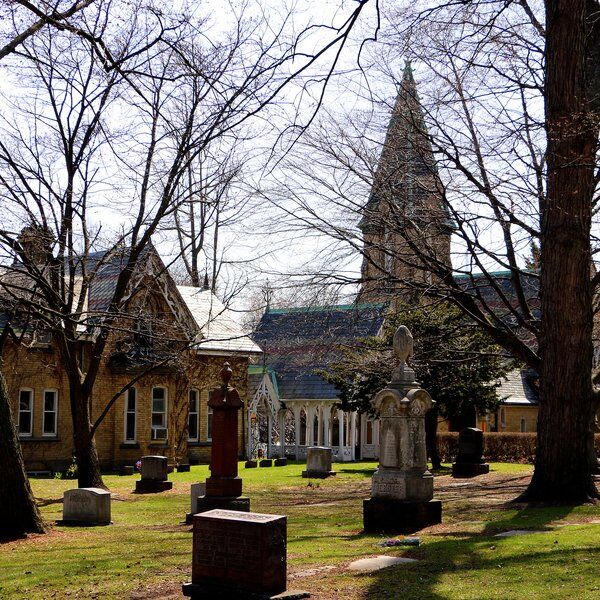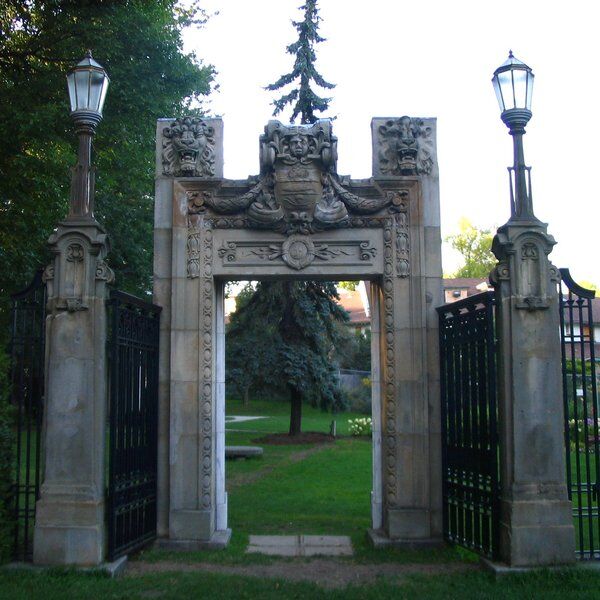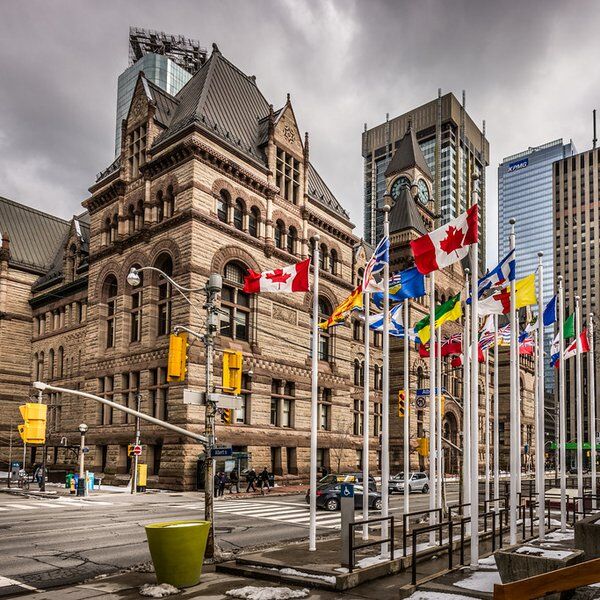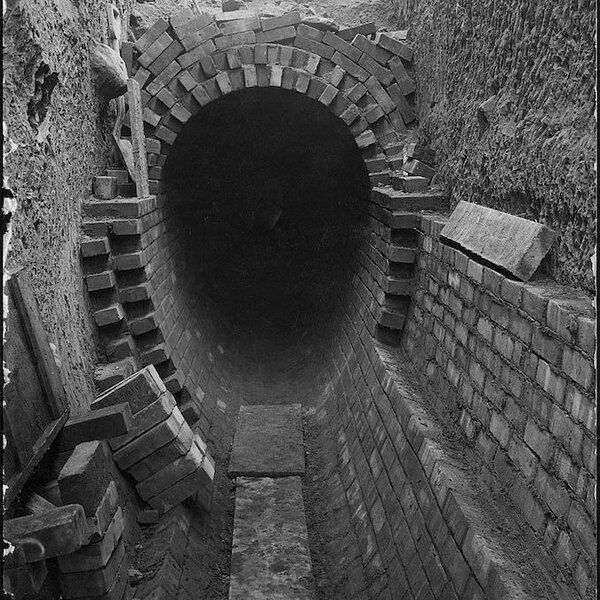The Great Famine
Also known as the Great Hunger, the Famine and the Irish Potato Famine, the Great Famine was a 4-year period in Ireland that saw mass starvation and death. The country’s population plummeted by more than 20%. Some towns and cities saw their populations reduced by as much as 67%.
Many factors contributed to the disaster. It was triggered by a potato blight that swept across Europe during the 1840s and then exacerbated by single-crop dependence, poor land management and indifference and lack of aid from Britain.
The starving Irish people had limited options, so those who could left the country.
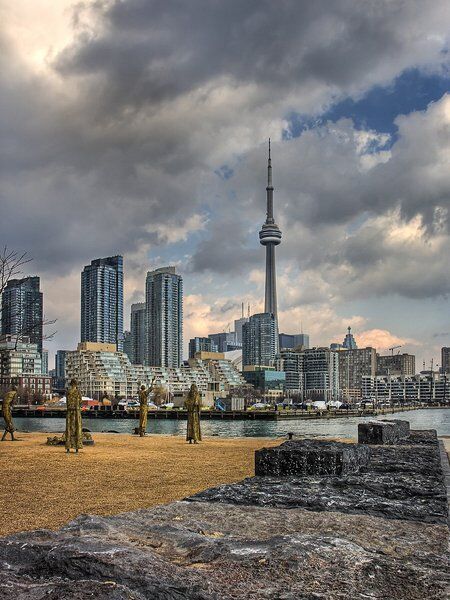
Seeking a better life
Approximately 1 million people emigrated to escape the famine. Some went to Britain, but the majority went to America and Canada.
Of those that went to Canada over 38,000 landed at Rees’s Wharf, Toronto in 1847. Though the settlement’s population at the time was only 20,000, they are said to have welcomed the new arrivals with open arms.
More difficulty was to follow, however, with the 1847 North American typhus epidemic. The sheer volume of people led to a massive health crisis. Immigrants arrived in so-called “coffin ships”: with so many weakened people crammed together in highly unsanitary conditions, the spread of disease was inevitable. Locations such as modern-day Toronto that did not have the infrastructure to handle the population explosion suffered greatly.
In response to the sheer volume of people and the condition of their arrival, Toronto’s Board of Health oversaw the building of twelve fever sheds, 22m long and 7.5m wide. These buildings were basic, sparsely filled with benches and bunks to hold and treat as many of the sick as possible while keeping them isolated from the healthy. Fever sheds constructed at Grosse Isle, Quebec have been summarised as:
“rapidly filled with the miserable people, the sick and the dying, and round their walls lay groups of half-naked men, women, and children in the same condition – sick or dying.”
It is a small and terrible miracle that of the thousands that reached Toronto, only 863 died in 1847. Among them was Toronto’s first bishop, Michael Power who fell ill attending to the sick. Those who survived either remained in Toronto or moved on to other cities and towns in the area.
Ireland Park
Ireland Park opened in June 2007, just west of Rees’s Wharf, to commemorate the Irish immigrants, their welcome, and the terrible circumstances that saw to their arrival. It also honours those such as Bishop Michael Power who gave their life to aid the Irish in whatever way they could.
It was founded by the Ireland Funds Canada, with funding coming from both Irish and Canadian sources.
With features constructed from Irish limestone and sculptures by Irish artists, the Park is a place of peace, recollection and a tribute to the cooperation between the Canadian and Irish people. Amongst its artworks ‘Arrival’ can be found, a counterpart to Dublin's famous ‘Departure’ sculpture.
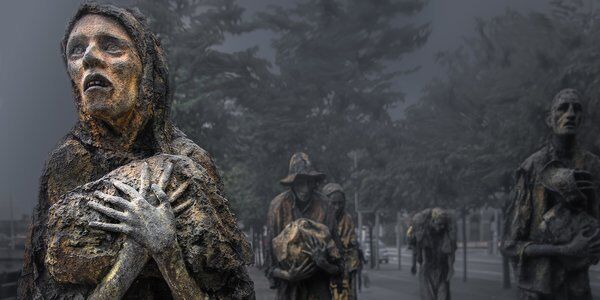
Open 24 hours, Ireland Park is a beautiful and touching way to reflect on a terrible period of history and the strength and kindness of the human spirit.


